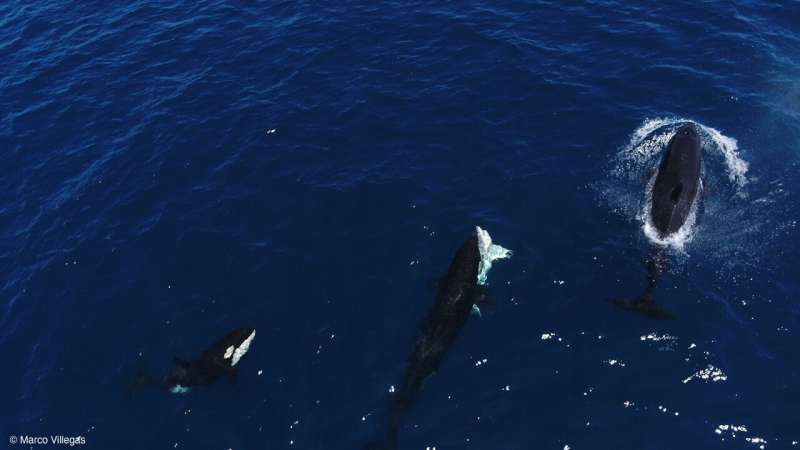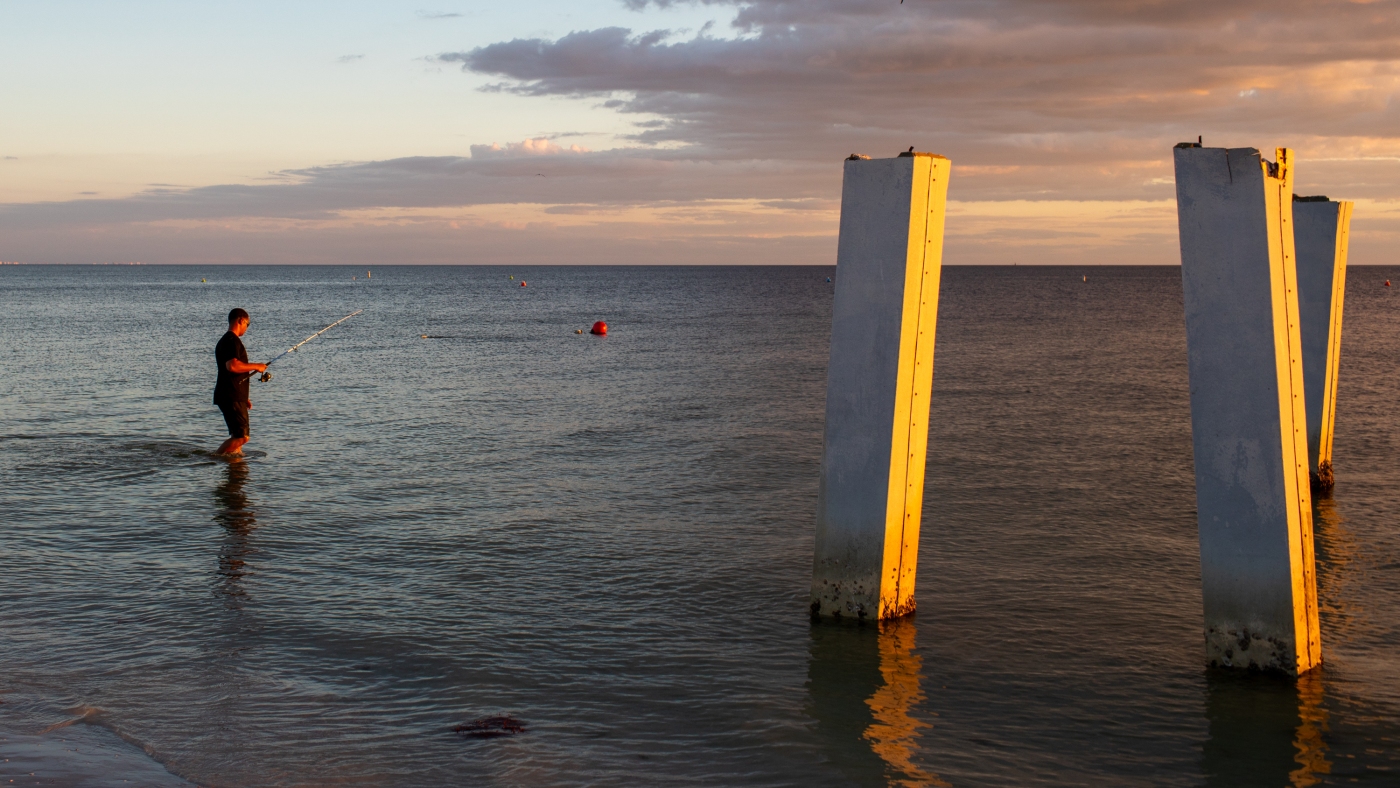Researchers have documented a specialized pod of orcas, known as Moctezuma’s pod, hunting young great white sharks in the Gulf of California. The orcas have been observed flipping the sharks upside-down to consume their nutrient-rich livers, showcasing a remarkable hunting technique that could indicate a shift in predator-prey dynamics in the region.
The findings, published in the journal Frontiers in Marine Science, are significant as they suggest that orcas are targeting juvenile great white sharks more frequently than previously understood. This behavior may be linked to changing ocean temperatures and the altered distribution of shark nursery areas.
Orcas Exhibit Advanced Hunting Tactics
During routine monitoring in August 2020 and August 2022, scientists witnessed two hunts where Moctezuma’s pod killed three juvenile white sharks. The orcas worked collaboratively, pushing the sharks to the surface before flipping them onto their backs. This tactic induces a state known as tonic immobility, which leaves the sharks defenseless.
Erick Higuera Rivas, a marine biologist and project director at Conexiones Terramar and Pelagic Life, explained the significance of these observations. “Orcas that eat elasmobranchs—sharks and rays—could eat a great white shark if they wanted to, anywhere they went looking for one,” he stated. This behavior highlights the orcas’ advanced intelligence and social learning, as these hunting techniques are passed down through generations.
In both hunts, the orcas successfully extracted the sharks’ livers, which are known to be energy-rich. The first hunt involved five orcas pursuing a juvenile white shark, while the second followed a similar pattern, confirming the effectiveness of their strategy.
Changes in Shark Distribution
The rise in orca predation on young great white sharks may be linked to climate events like El Niño, which have altered the distribution of these sharks in the Pacific. According to researchers, the changing environmental conditions might have increased the presence of juvenile white sharks in the Gulf of California, making them more vulnerable to predation.
Dr. Salvador Jorgensen from California State University, a co-author of the study, noted that adult white sharks tend to react quickly to hunting orcas by evacuating their seasonal gathering areas. In contrast, juvenile sharks may not possess the same instinctual responses, making them easier targets for orcas. “We just don’t know yet whether white shark anti-predator flight responses are instinctual or need to be learned,” he added.
The Moctezuma’s pod has previously been observed hunting rays and other shark species, suggesting they may have adapted their hunting skills with experience. This evolution could allow them to exploit the current population of vulnerable juvenile great white sharks.
Future research will focus on conducting a comprehensive survey of the orca population’s diet to determine whether they regularly hunt white sharks or specifically target juveniles when available. Dr. Francesca Pancaldi from the Instituto Politécnico Nacional Centro Interdisciplinario de Ciencias Marinas emphasized the importance of understanding orca feeding behavior. “Generating information about the extraordinary feeding behavior of killer whales in this region will lead us to understand where their main critical habitats are,” she stated.
The implications of these findings are significant for conservation efforts. As scientists gather more data on the interactions between orcas and juvenile white sharks, they hope to identify critical habitats that can be protected to mitigate human impacts on these species. The ongoing research will be vital in understanding the complex dynamics of marine ecosystems in the face of climate change.







